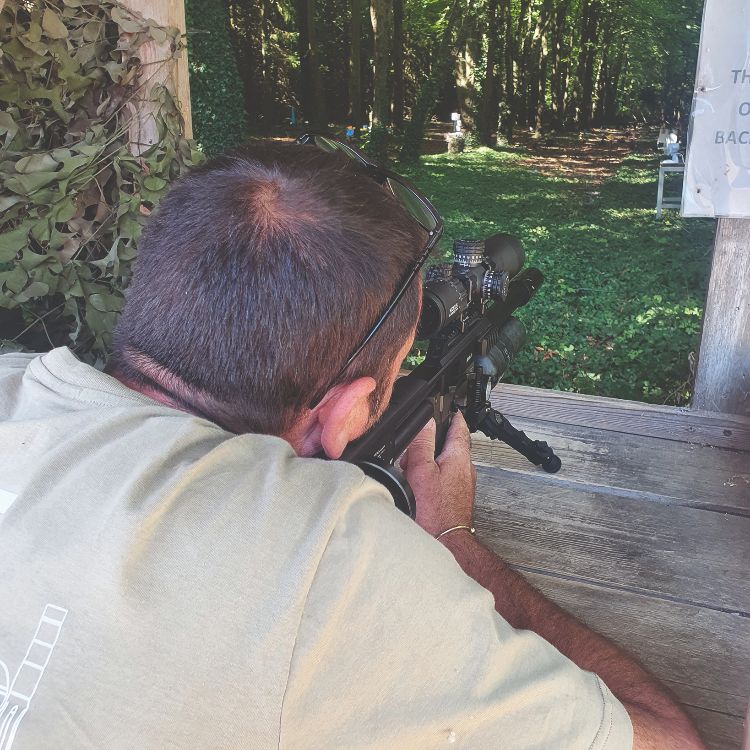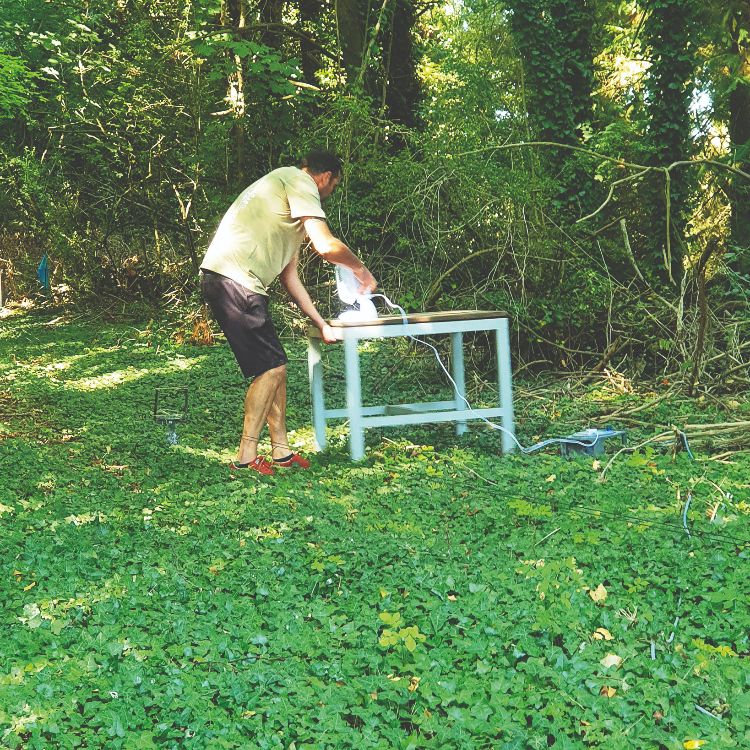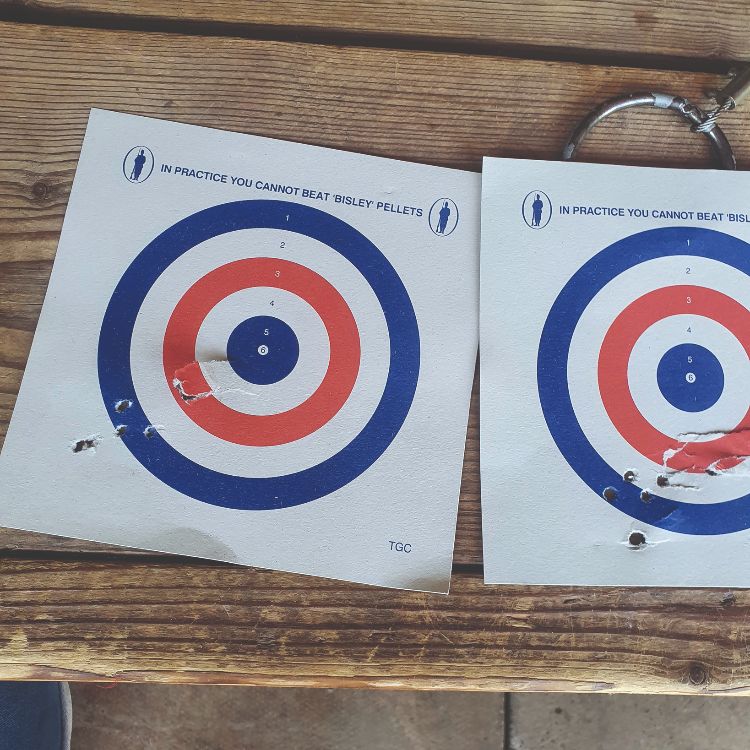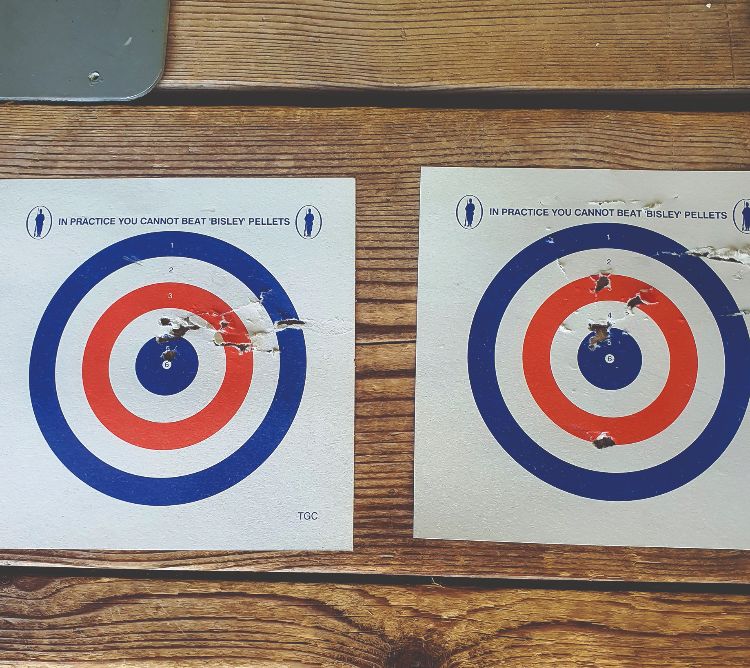Jamie Chandler builds his own wind tunnel to test the effect it can have on the flight path of your pellets, in laboratory conditions... or, close to it, anyway!
Seems weird to be thinking about Christmas with it being four months away as I write, but ‘preparation prevents pee-poor performance’, as the expression goes. With this in mind, I've started to think about whether I could actually get away with wearing an elasticated waist this year, in order to stop that awful ‘sliced with a cheese wire’ feeling around my midriff, somewhere between the main and cheese courses. Like the first three months of a new romance, though, there is another terror of the dinner plate to consider, and of the glass accompanying it – the devil's own wind.
Whether male or female, in our teens or ‘90s, we've all gone through it. It starts with a mild rolling feel, almost imperceptible, then grows and with that growth comes a similar growing panic as we realise what's happening and a lengthening, nervous smile as we accept that there is no escape. Another anguished few moments of looking into the unsuspecting eyes of those around us, then suddenly a relieved feeling of a balloon being rapidly deflated within us, joins in perfect unison with social terror and a hope beyond normal thought that perhaps it wasn't audible, as we desperately search the faces of our group to ascertain the required level of shame at our bodily faux pas.
Finally, following tradition, we blame it on the nearest animal and muster the strength to saunter elegantly off, feeling all eyes on us as we leave. Wind and our not learning to adapt to it, in all its guises can lead to disappointment and sometimes utter humiliation.
 A LITTLE EDUCATION
A LITTLE EDUCATION
Leaving aside the complex emotional entwining of joy and shame that a riotous trouser fanfare can bring, wind also affects our hunting lives in a few ways; breeze through a hunting ground masks our scent; a bit more of a blow hides the sound of our approach, and if amongst foliage or trees, the actual stalk itself into a reasonable shooting range to our quarry, which is an obvious boon, and if learned and used correctly, can aid us in filling the bag.
That said, the wind then becomes an annoying younger sibling, pulling on your coat sleeves and demanding extra attention as you are just about to take the shot. For sub-12 ft.lbs, UK legal limit airgun hunters, with pellets weighing in at between 5 and 15 grains, the effect of wind on our shots is magnified, and if ignored can lead to wounded quarry running off and suffering needlessly, when a little education could have solved it.
 FOILED AT EVERY TURN?
FOILED AT EVERY TURN?
So, with my interest in external wind piqued, and my brain racing away at what could be learned, I resolved to build a wind tunnel and test the effect that wind would have on pellets in laboratory conditions. Thanks mainly to my wife, I was reminded that I neither had the space or planning permission to build a wind tunnel in the garden, and a financial clout far more akin to that of a muskrat than Elon Musk, prohibited me from my scientific studies. I bet Newton never suffered these worldly humiliations.
Instead, I had to dilute the integrity of my studious laboratory conditions and buy a desk fan from Argos and head once again to Andy and Zoe’s range in order to use their fantastic facilities to accommodate my scientific ego.
Another blow to my otherwise perfect laboratory conditions came as Andy hailed the great news on our arrival that business was going great. They’d even sold the anemometer they’d had in stock for ages, so measuring wind speed could be a pickle.
Luckily, all was not lost because the writing on the box of our £17.99’s worth of pure science indicated that the maximum air velocity of the fan was 2.9 metres per second, which equates to a constant 6.5mph wind speed. So, as it was a very calm day under the 30ºC sun, we were pretty sure that the results would reflect the real-world effect of a sudden gust catching a pellet in flight.
 SIMPLE EXPERIMENT
SIMPLE EXPERIMENT
The experiment was simple; we placed a table 15 metres from the range's firing line and on it, the fan at 90 degrees to the direction of fire. We then placed a target card at 30 metres and set the shooting position to ensure that the pellet travelled within an inch or two of the face of the fan, in about the middle, catching the simulated gust at 90 degrees perpendicular to the line of travel as it headed downrange to the card.
At our disposal as test rifles, we had Andy’s ever-reliable FX Impact MkII in .177, and my beloved Air Arms TX200 in .22, both pushing about 11.3 ft.lbs. at the muzzle. The test was also simple, five shots at the target card without the fan on, then five shots for each calibre, with the simulated gust blowing to see what, if any differences there were in groups. To keep things consistent, we used test subject, Andy, to shoot all cards. I mean, can a pellet be pushed off course by much, if exposed to a dash of wind for a fraction of a second? Does size count in this respect? If I were gambling with my wife's money, I’d honestly say, probably not at such low speeds.
 IMPORTANT RESULTS
IMPORTANT RESULTS
For my wife’s sake, it’s a good job I hadn’t put our house on it, and when I say ‘ours’, I mean ‘hers’. The resulting centres of both groups had both clearly shifted by maybe half a centimetre under the wind-gust groups, and both groups were more spread out, although the ‘springer off a sand bag’ group was bigger to start with.
These results are actually important when you consider that a rabbit’s or squirrel’s head-shot kill zone is the size of a 20p piece, or about 20mm – and the same goes for the minimum target width at 30 metres for a knock-down on an HFT course. That 5mm could make the difference in points, or far worse, the difference between humane kill shot and tragic wounding. Thinking further still, if a 90-degree wind at 6.5mph for barely any time can pull a pellet that far off, what could a constant breeze at 15mph do? For the sake of ensuring that we approach hunting from a humane angle every time we pull the trigger, it’s worth finding out.
Finally, it’s important to note that no desk fans were harmed in the creation of this experiment. Our test fan will see out its days in the comfort of Andy and Zoe’s office, as a token of my thanks to it and them for their help in accommodating my brain explosions.